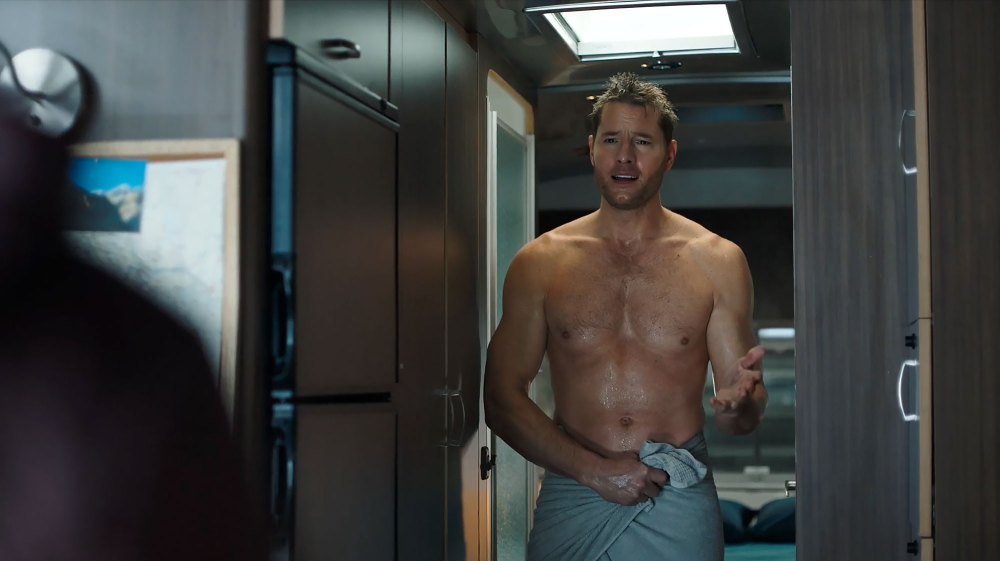
From Actor to Story Architect
Justin Hartley is no longer just delivering lines—he’s shaping them. In the last few years, he’s expanded his creative reach by co-writing scripts and contributing directly to the development of his film and television projects. It’s a transition born from a deep love of storytelling and a desire to tell the kinds of narratives he felt were missing from the screen.
Hartley describes writing as both intimidating and freeing. “As an actor, you get a script and try to make it your own. As a writer, you have to imagine the whole world—the backstory, the subtext, the parts that never even make it on camera. It’s a much more vulnerable process.”
Co-Creating Meaningful Characters

One of Hartley’s biggest assets as a writer is his understanding of character psychology. Drawing from years of experience portraying emotionally rich roles, he approaches scriptwriting with a focus on layered, flawed, but deeply human characters.
His upcoming series Second Born—a family drama in development—was co-written with longtime collaborator Melissa Chang. The show’s emotional core, centered on sibling rivalry and generational grief, was inspired by stories Hartley heard growing up.
“We wanted characters that felt real—like people you might actually know,” he said. “Messy, loving, angry, but still trying.”
Writing Across Genres
Hartley doesn’t confine his writing to one style. In addition to family dramas, he’s penned outlines for a supernatural thriller (Gravestone) and contributed dialogue revisions to his political film Capital Veins. Each project demands a different tone, but the emotional throughline—characters confronting moral dilemmas—remains constant.
He cites writers like Aaron Sorkin, Phoebe Waller-Bridge, and Taylor Sheridan as inspirations for their ability to marry personal truth with narrative momentum.
As Change Jar Studios continues to grow, Hartley is expected to take on more writing credits. His hands-on approach reflects a deeper mission: not just to star in meaningful stories, but to craft them from the inside out.
